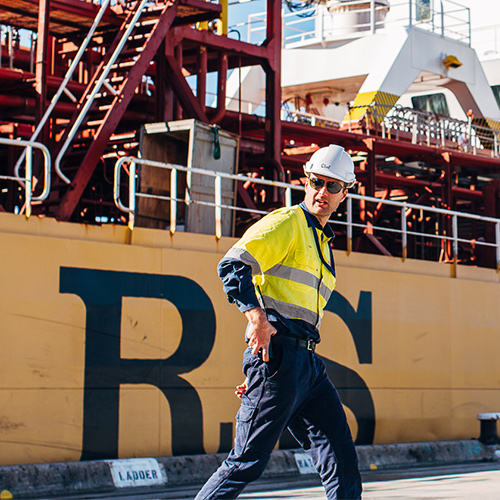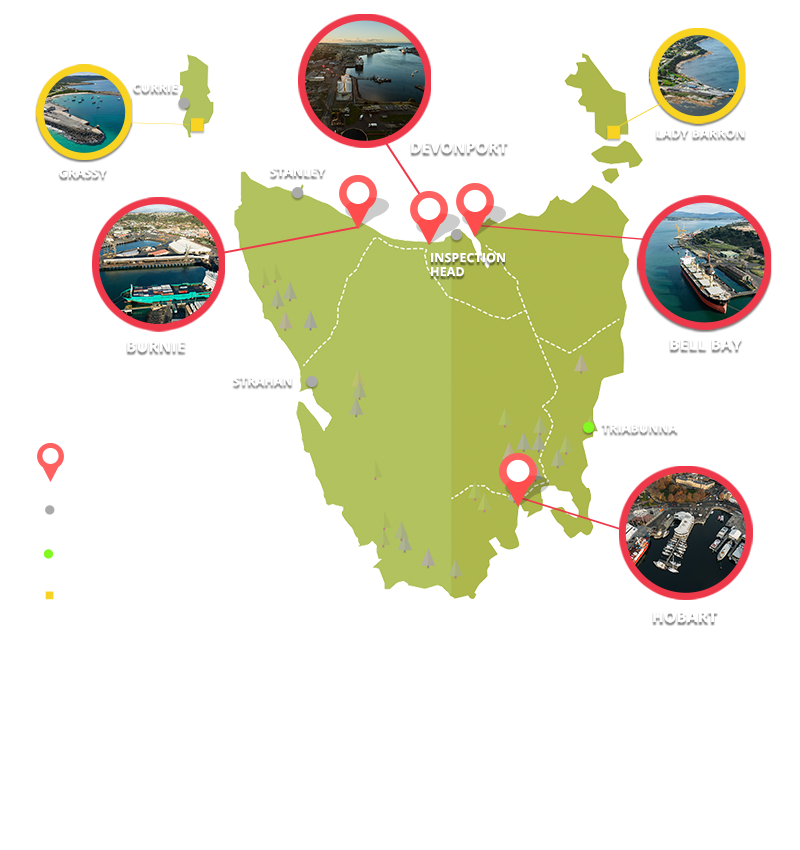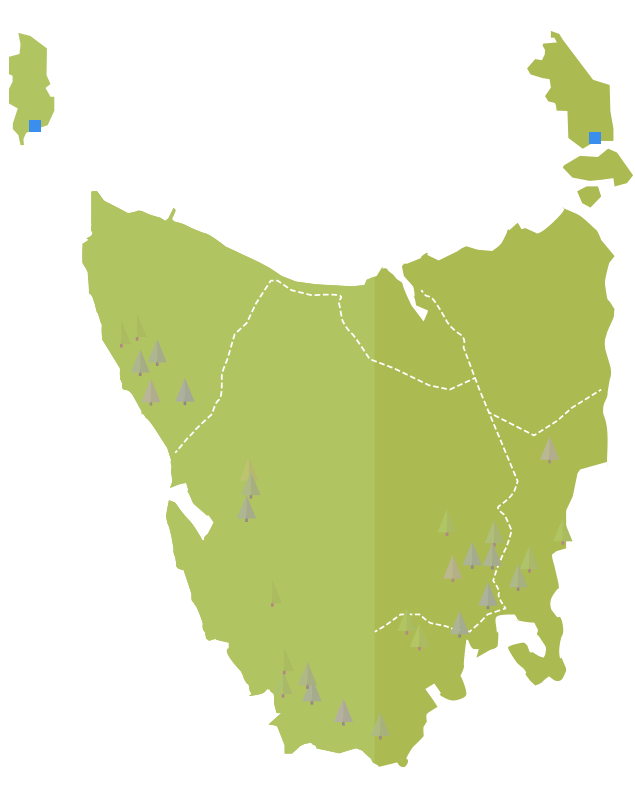WHY did we
develop a
thirty-year
plan?

With more than 99% of freight volumes moving in and out of Tasmania by sea, ports are an incredibly important part of our transport system.
As markets change, the development of our ports is key to meet future freight demand. We have devised a clear plan to make sure any long-term developments that take place achieve the best value for our customers and broader industry.







